-
 Bitcoin
Bitcoin $83,153.2876
4.27% -
 Ethereum
Ethereum $1,558.9343
1.32% -
 Tether USDt
Tether USDt $0.9994
0.03% -
 XRP
XRP $2.0154
1.52% -
 BNB
BNB $585.8350
1.26% -
 Solana
Solana $121.2068
6.71% -
 USDC
USDC $0.9999
0.04% -
 Dogecoin
Dogecoin $0.1587
2.11% -
 TRON
TRON $0.2411
2.24% -
 Cardano
Cardano $0.6206
0.51% -
 UNUS SED LEO
UNUS SED LEO $9.2968
-1.22% -
 Chainlink
Chainlink $12.5633
2.42% -
 Avalanche
Avalanche $18.9696
2.53% -
 Stellar
Stellar $0.2336
0.53% -
 Shiba Inu
Shiba Inu $0.0...01211
2.85% -
 Sui
Sui $2.1766
2.58% -
 Hedera
Hedera $0.1668
-1.41% -
 Toncoin
Toncoin $2.8157
-4.28% -
 Bitcoin Cash
Bitcoin Cash $312.3950
6.18% -
 MANTRA
MANTRA $6.4538
0.04% -
 Litecoin
Litecoin $75.7452
1.24% -
 Polkadot
Polkadot $3.5555
1.55% -
 Dai
Dai $0.9999
0.02% -
 Bitget Token
Bitget Token $4.3138
2.81% -
 Hyperliquid
Hyperliquid $15.1799
7.11% -
 Ethena USDe
Ethena USDe $0.9987
0.02% -
 Pi
Pi $0.6276
5.27% -
 Monero
Monero $209.2344
4.30% -
 Uniswap
Uniswap $5.1938
2.36% -
 OKB
OKB $53.0406
-1.89%
What is the minimum amount of Bitget leverage
Leverage trading on Bitget allows traders to amplify their positions, enhancing potential gains but also increasing the risk of significant losses.
Nov 13, 2024 at 07:34 pm
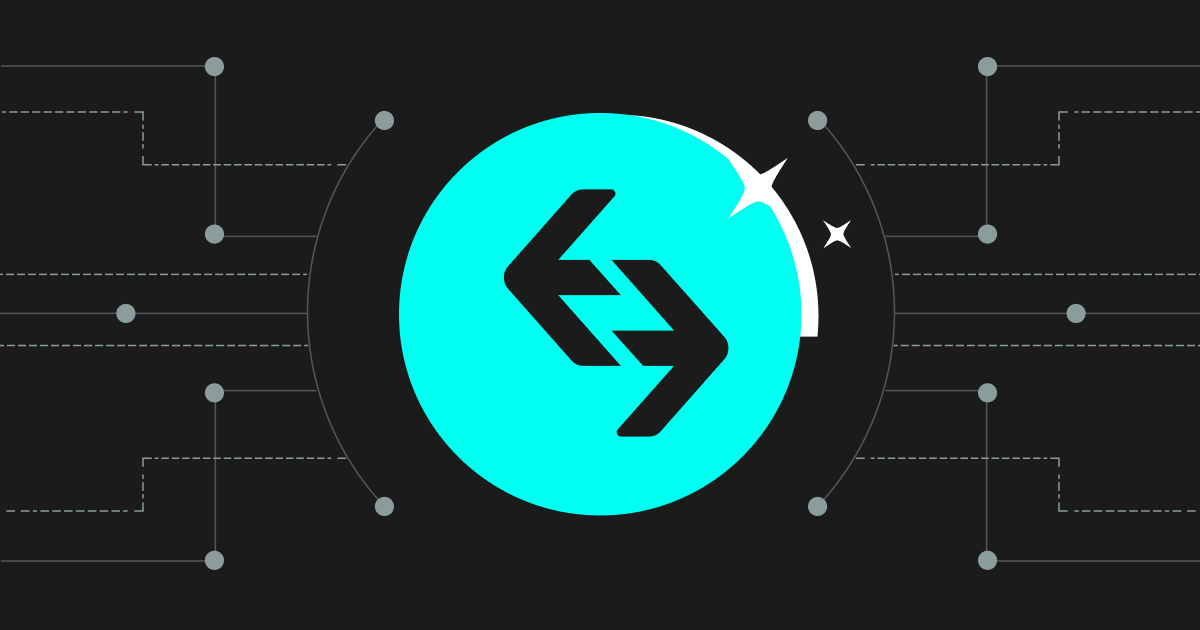
What is Bitget Leverage? A Comprehensive Guide to Leverage Trading on Bitget
Introduction
Leverage trading on Bitget, a leading cryptocurrency exchange, allows traders to amplify their trading positions by borrowing capital from the platform. This practice enhances potential profits but also increases the risk of losses. Understanding the concept of leverage and its application on Bitget is crucial for both experienced and novice traders. In this comprehensive guide, we will delve into all aspects of leverage trading on Bitget, addressing common questions and providing detailed explanations to empower traders with the necessary knowledge.
Questions Answered
- What is leverage trading on Bitget?
- What are the minimum and maximum leverage levels offered by Bitget?
- How can I calculate my potential profits and losses when using leverage?
- What are the risks associated with leverage trading?
- How can I manage risk effectively while using leverage?
- What are some tips for successful leverage trading on Bitget?
Step-by-Step Guide to Bitget Leverage
1. Understanding Leverage
Leverage refers to the practice of borrowing capital from a broker or exchange to amplify trading positions. On Bitget, traders can access leverage ratios ranging from 1:2 to 1:125, allowing them to increase the size of their trades by up to 125 times. It's important to note that higher leverage levels magnify both potential profits and losses.
2. Leverage Levels on Bitget
Bitget offers a range of leverage levels tailored to different risk appetites:
- Minimum Leverage: 1:2
- Maximum Leverage: 1:125
The minimum leverage of 1:2 allows traders to double their trading size, while the maximum leverage of 1:125 enables traders to increase their positions by up to 125 times the initial capital.
3. Calculating Potential Profits and Losses
When using leverage, traders should carefully calculate potential profits and losses to avoid excessive risk. The following formulas can be used:
- Potential Profit: Profit = (Leverage Ratio * Initial Capital) - Initial Capital
- Potential Loss: Loss = (Leverage Ratio * Initial Capital) - Initial Capital
For example, with a leverage ratio of 1:10 and an initial capital of $1,000:
- Potential Profit: $1,000 * (10 - 1) = $9,000
- Potential Loss: $1,000 * (10 - 1) = $9,000
4. Risks of Leverage Trading
Leverage trading amplifies not only potential profits but also risks. Key risks to consider include:
- Increased Volatility: Leveraged positions are more susceptible to market fluctuations, potentially leading to significant losses during sudden price swings.
- Margin Calls: If market conditions turn unfavorable and losses exceed available capital, traders may receive a margin call, requiring them to add more funds or face position liquidation.
- Liquidation: If losses continue, positions may be liquidated to cover borrowed funds, resulting in the loss of initial capital.
5. Risk Management Strategies
Traders can employ various strategies to mitigate risks associated with leverage trading, such as:
- Stop-Loss Orders: Setting stop-loss orders can help limit potential losses by automatically closing positions when prices reach a predefined threshold.
- Trailing Stop-Loss Orders: Trailing stop-loss orders adjust dynamically based on the market trend, providing additional protection during favorable price movements.
- Hedging: Using hedging techniques, such as opening offsetting positions, can reduce exposure to potential losses.
6. Tips for Successful Leverage Trading on Bitget
To enhance trading outcomes, traders should consider the following tips:
- Start with a Conservative Approach: Avoid excessive leverage and begin with a low leverage ratio that aligns with your risk tolerance.
- Understand the Market: Thoroughly research the cryptocurrency market, analyze trends, and stay informed about news and events that may impact trading.
- Use Risk Management Tools: Implement stop-loss orders and other risk management strategies to minimize potential losses.
- Manage Emotions: Avoid emotional decision-making and stick to a predefined trading plan to prevent impulsive actions.
Disclaimer:info@kdj.com
The information provided is not trading advice. kdj.com does not assume any responsibility for any investments made based on the information provided in this article. Cryptocurrencies are highly volatile and it is highly recommended that you invest with caution after thorough research!
If you believe that the content used on this website infringes your copyright, please contact us immediately (info@kdj.com) and we will delete it promptly.
- US SEC May Be Open to a Flexible Exemptive Approach to Crypto Regulation
- 2025-04-12 10:00:13
- Chainlink (LINK) Price Is Revisiting a Critical Level After a Sharp 15.9% Weekly Correction.
- 2025-04-12 10:00:13
- Why MAGACOIN FINANCE Is Becoming a Standout in a Slow Market
- 2025-04-12 09:55:14
- Popcat (POPT), a meme coin built on the Solana blockchain and inspired by the viral meme, has surged 33% over the past 24 hours
- 2025-04-12 09:55:14
- Fed Stands Ready as Leverage Unwinds and Trump Temporarily Stills the Storm
- 2025-04-12 09:50:13
- From April 7 to 11, the virtual asset market experienced extreme volatility
- 2025-04-12 09:50:13
Related knowledge
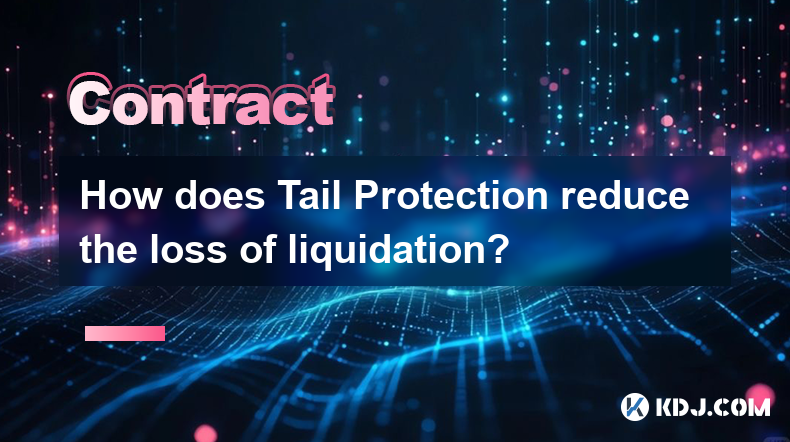
How does Tail Protection reduce the loss of liquidation?
Apr 11,2025 at 01:50am
Introduction to Tail Protection in CryptocurrencyTail Protection is a mechanism designed to mitigate the risks associated with liquidation in cryptocurrency trading. Liquidation occurs when a trader's position is forcibly closed by the exchange due to insufficient margin to cover potential losses. This often happens in leveraged trading, where traders b...

How to judge the market trend by the position volume?
Apr 11,2025 at 02:29pm
Understanding how to judge the market trend by position volume is crucial for any cryptocurrency trader. Position volume, which refers to the total number of open positions in a particular cryptocurrency, can provide valuable insights into market sentiment and potential price movements. By analyzing this data, traders can make more informed decisions ab...

Why does a perpetual contract have no expiration date?
Apr 09,2025 at 08:43pm
Perpetual contracts, also known as perpetual futures or perpetual swaps, are a type of derivative product that has gained significant popularity in the cryptocurrency market. Unlike traditional futures contracts, which have a fixed expiration date, perpetual contracts do not expire. This unique feature raises the question: why does a perpetual contract ...
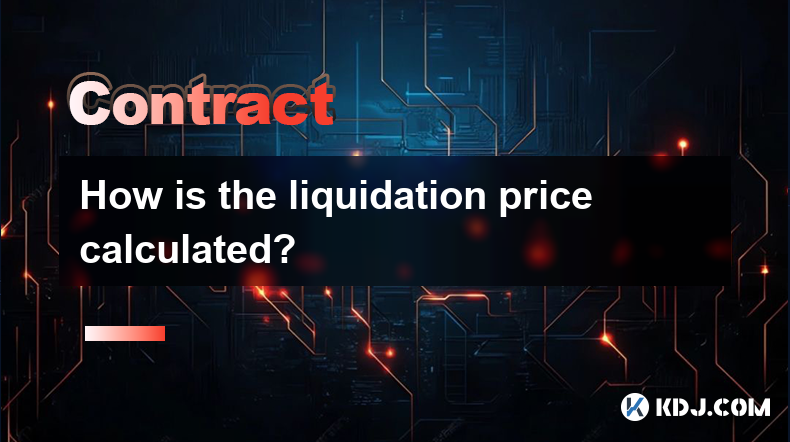
How is the liquidation price calculated?
Apr 12,2025 at 01:35am
Introduction to Liquidation PriceLiquidation price is a critical concept in the world of cryptocurrency trading, particularly when dealing with leveraged positions. Understanding how this price is calculated is essential for traders to manage their risk effectively. The liquidation price is the point at which a trader's position is forcibly closed by th...
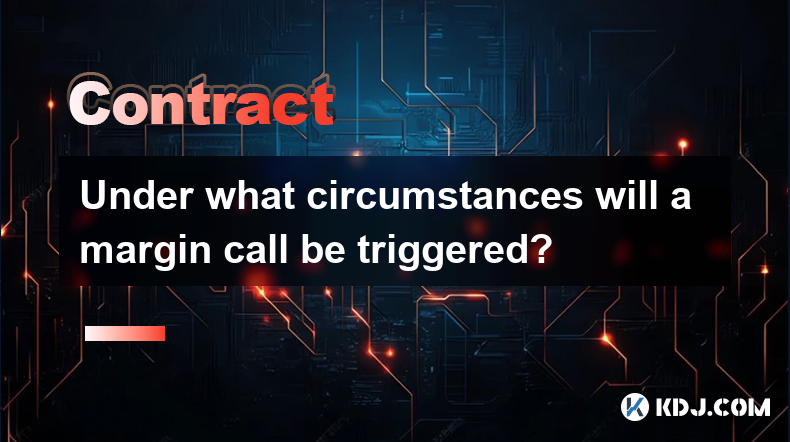
Under what circumstances will a margin call be triggered?
Apr 08,2025 at 02:43pm
Margin trading in the cryptocurrency market allows traders to borrow funds to increase their trading position, potentially amplifying both gains and losses. A critical aspect of margin trading is understanding when a margin call might be triggered, as it can significantly impact your trading strategy and financial health. In this article, we will explor...
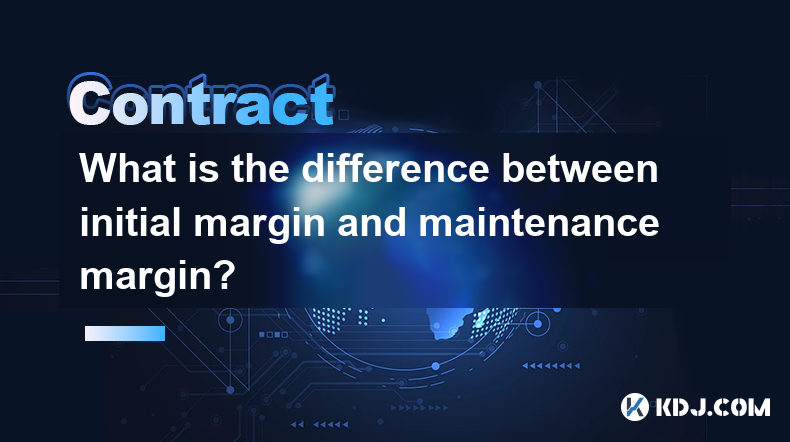
What is the difference between initial margin and maintenance margin?
Apr 11,2025 at 01:14pm
In the world of cryptocurrency trading, understanding the concepts of initial margin and maintenance margin is crucial for managing risk and maximizing potential returns. These terms are fundamental to margin trading, a practice that allows traders to borrow funds to increase their trading position. Let's delve into the differences between initial margi...

How does Tail Protection reduce the loss of liquidation?
Apr 11,2025 at 01:50am
Introduction to Tail Protection in CryptocurrencyTail Protection is a mechanism designed to mitigate the risks associated with liquidation in cryptocurrency trading. Liquidation occurs when a trader's position is forcibly closed by the exchange due to insufficient margin to cover potential losses. This often happens in leveraged trading, where traders b...

How to judge the market trend by the position volume?
Apr 11,2025 at 02:29pm
Understanding how to judge the market trend by position volume is crucial for any cryptocurrency trader. Position volume, which refers to the total number of open positions in a particular cryptocurrency, can provide valuable insights into market sentiment and potential price movements. By analyzing this data, traders can make more informed decisions ab...

Why does a perpetual contract have no expiration date?
Apr 09,2025 at 08:43pm
Perpetual contracts, also known as perpetual futures or perpetual swaps, are a type of derivative product that has gained significant popularity in the cryptocurrency market. Unlike traditional futures contracts, which have a fixed expiration date, perpetual contracts do not expire. This unique feature raises the question: why does a perpetual contract ...

How is the liquidation price calculated?
Apr 12,2025 at 01:35am
Introduction to Liquidation PriceLiquidation price is a critical concept in the world of cryptocurrency trading, particularly when dealing with leveraged positions. Understanding how this price is calculated is essential for traders to manage their risk effectively. The liquidation price is the point at which a trader's position is forcibly closed by th...

Under what circumstances will a margin call be triggered?
Apr 08,2025 at 02:43pm
Margin trading in the cryptocurrency market allows traders to borrow funds to increase their trading position, potentially amplifying both gains and losses. A critical aspect of margin trading is understanding when a margin call might be triggered, as it can significantly impact your trading strategy and financial health. In this article, we will explor...

What is the difference between initial margin and maintenance margin?
Apr 11,2025 at 01:14pm
In the world of cryptocurrency trading, understanding the concepts of initial margin and maintenance margin is crucial for managing risk and maximizing potential returns. These terms are fundamental to margin trading, a practice that allows traders to borrow funds to increase their trading position. Let's delve into the differences between initial margi...
See all articles























































































